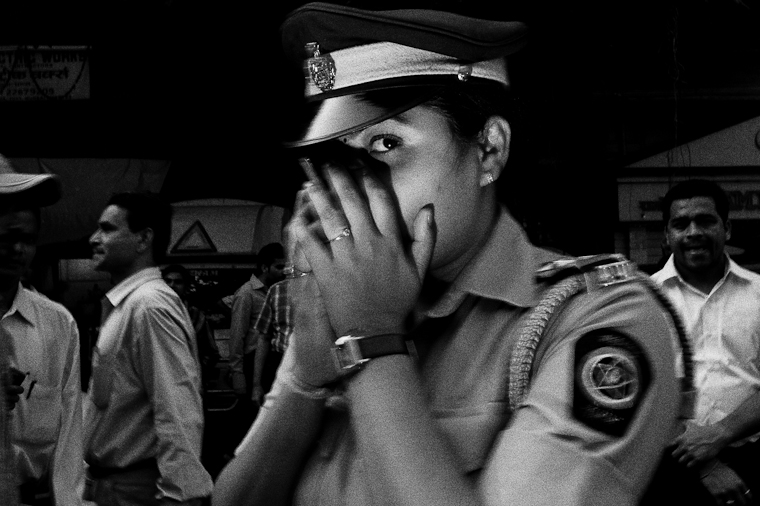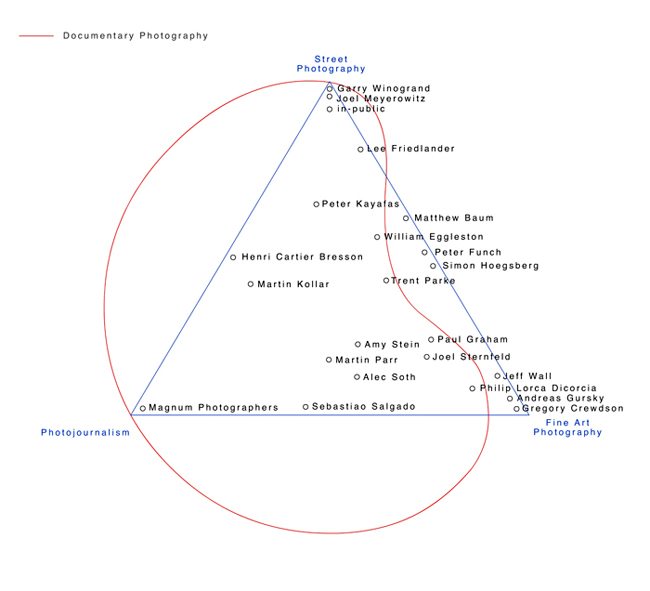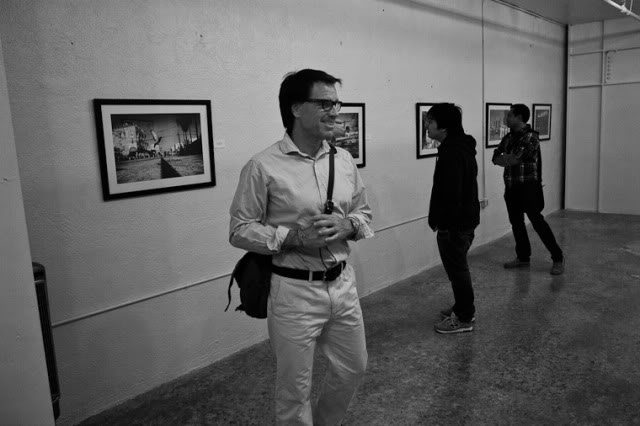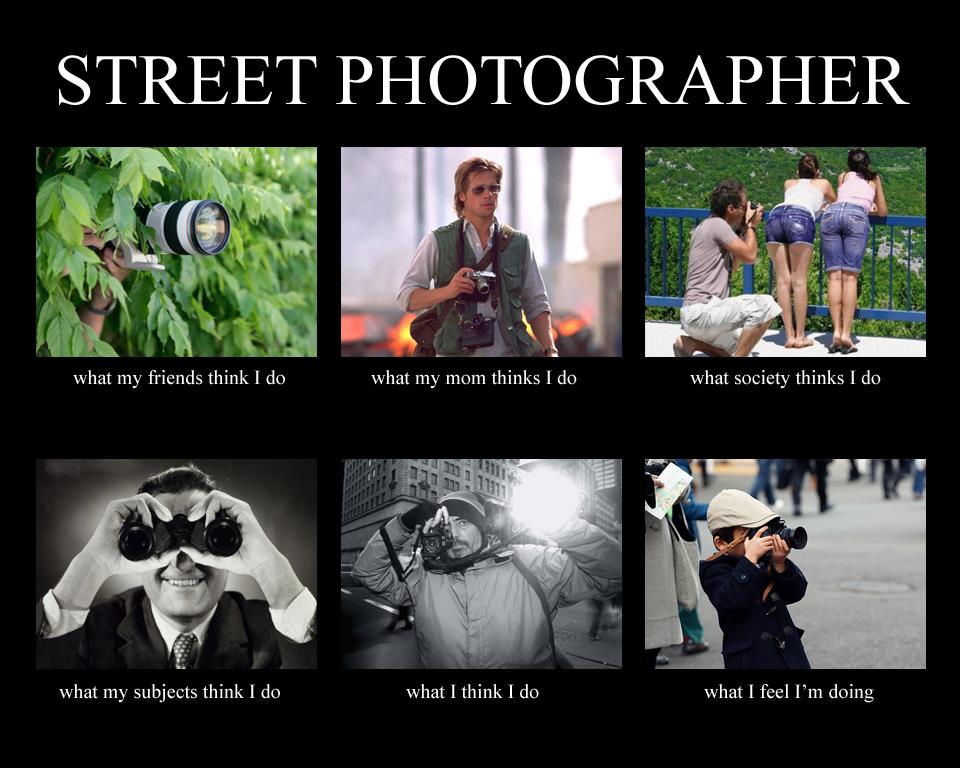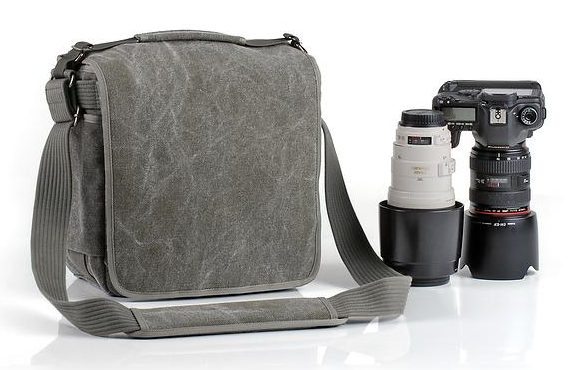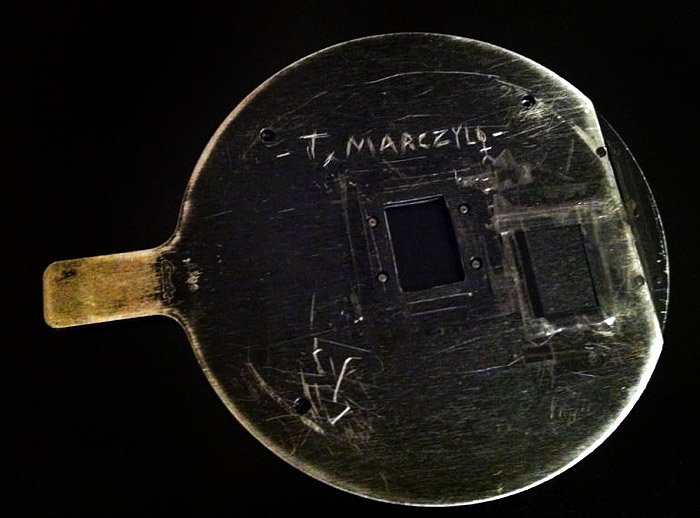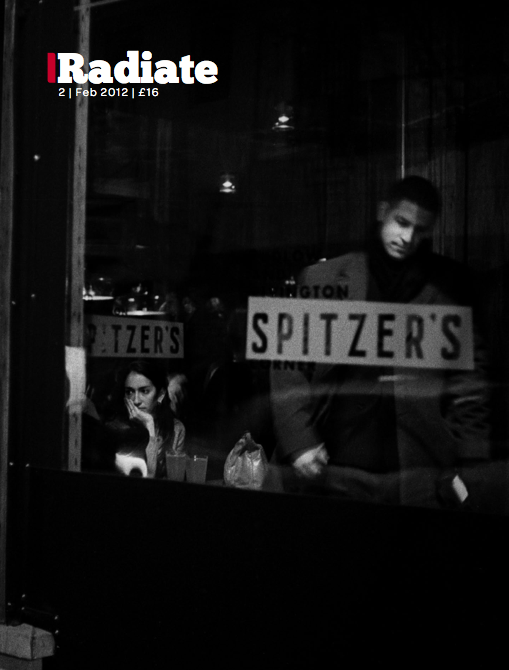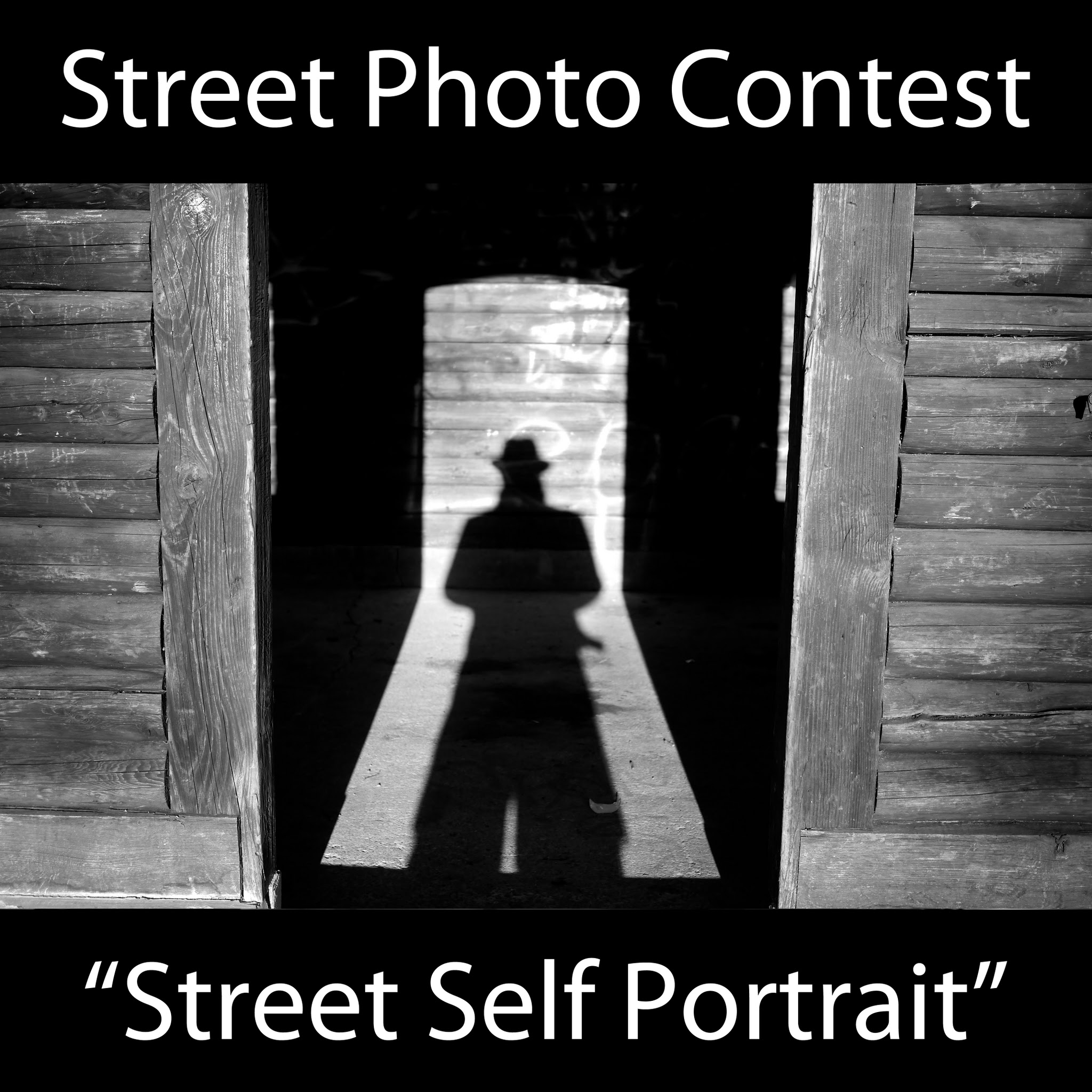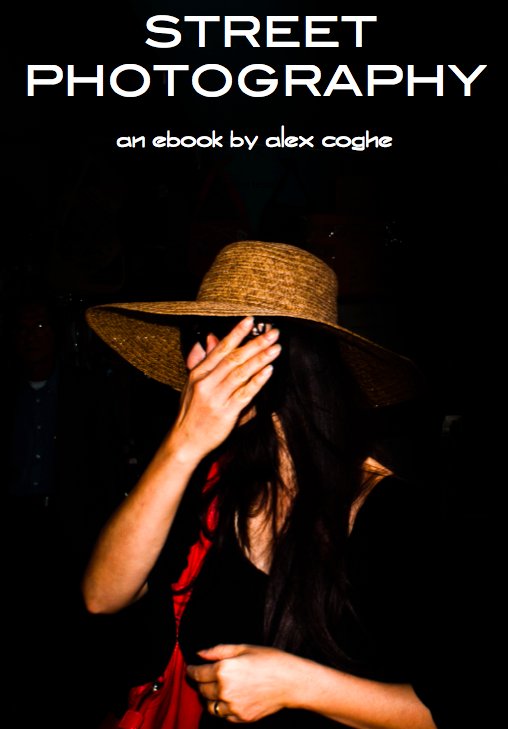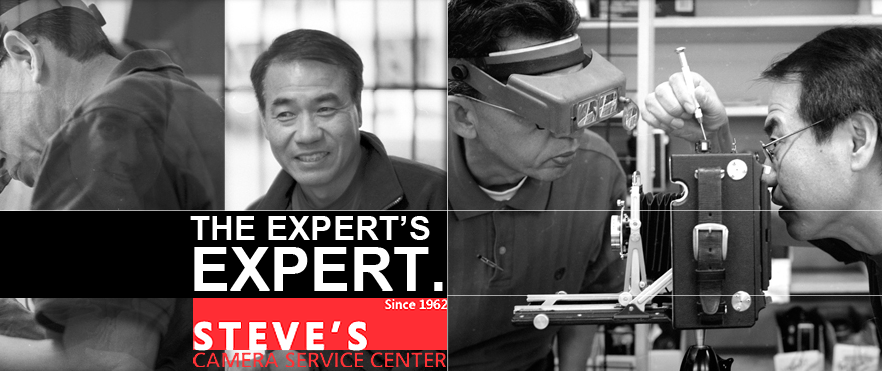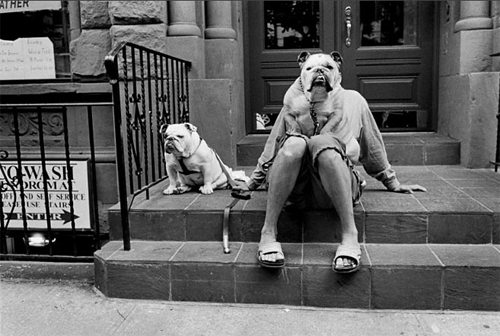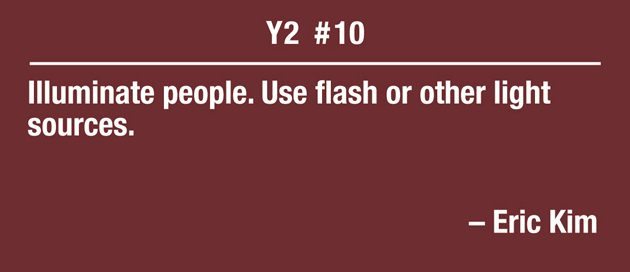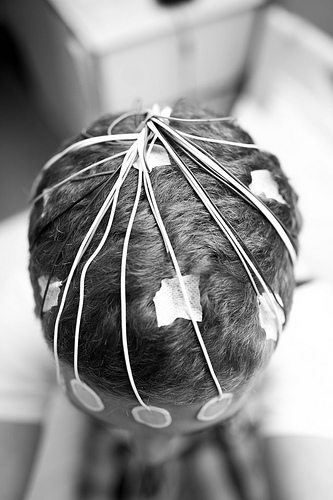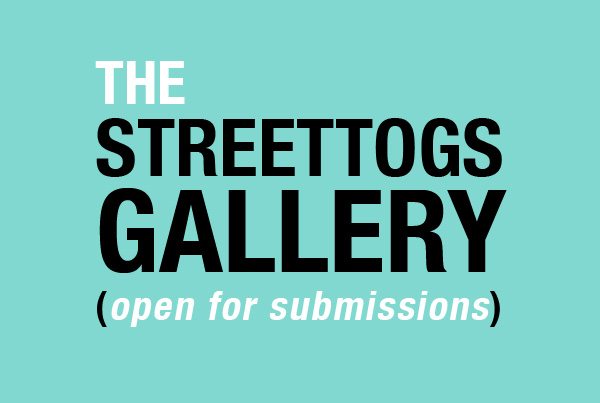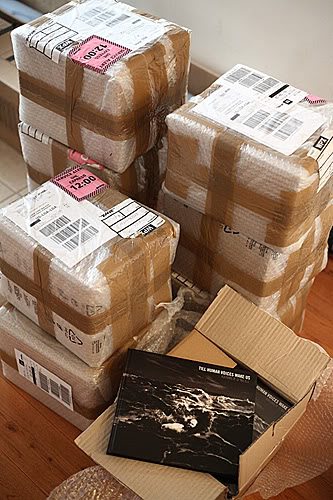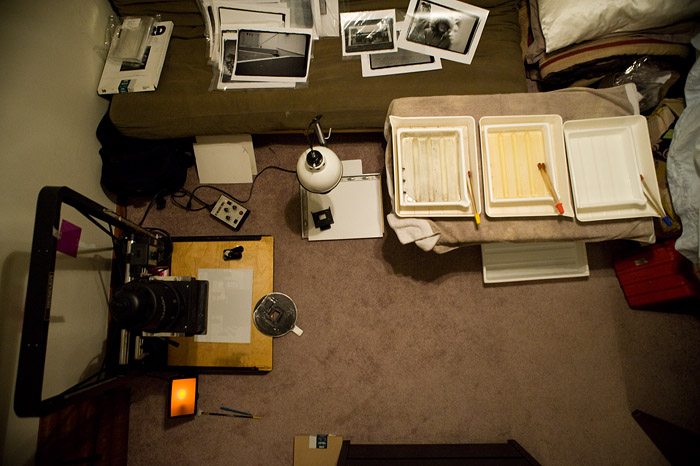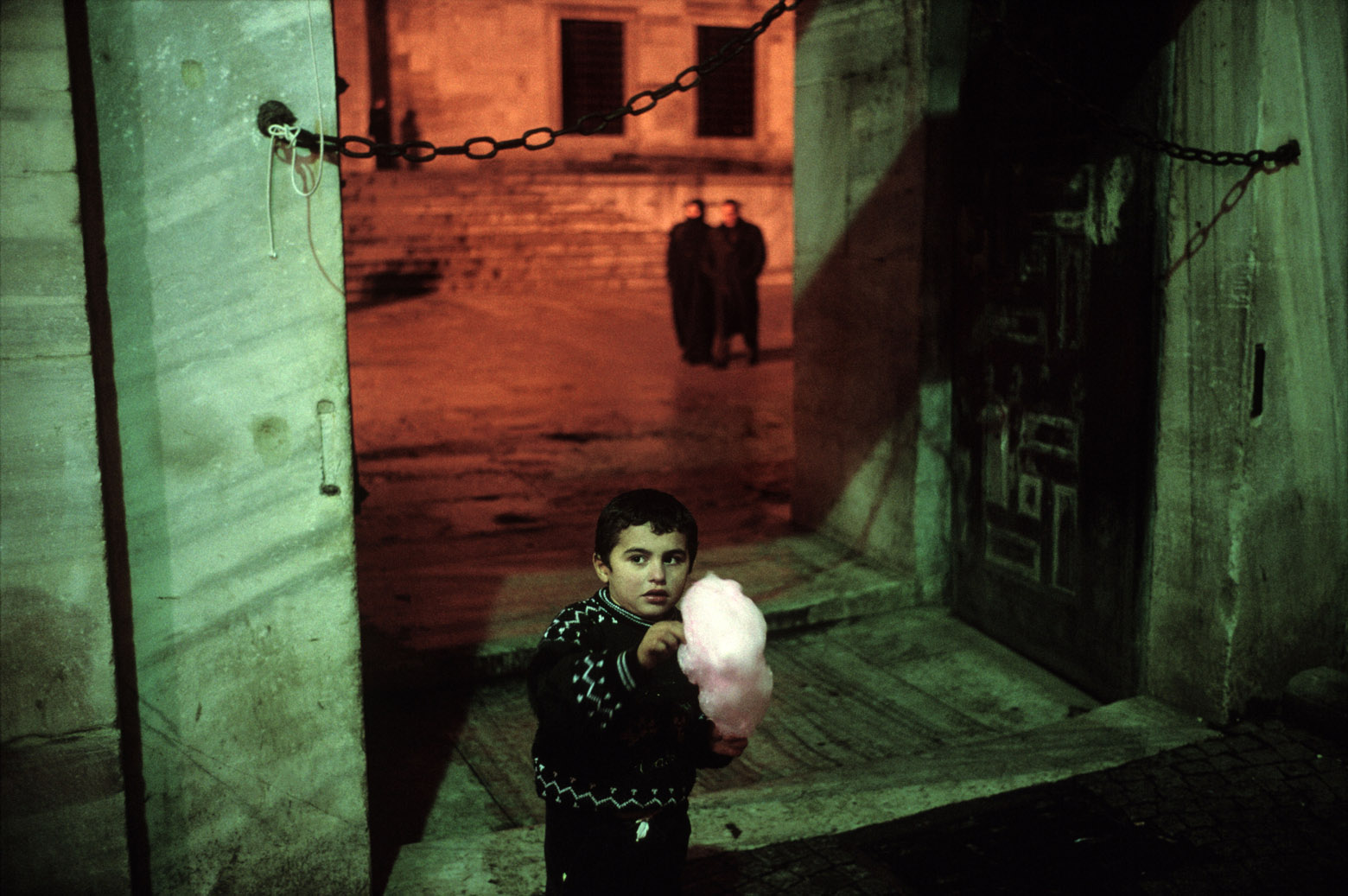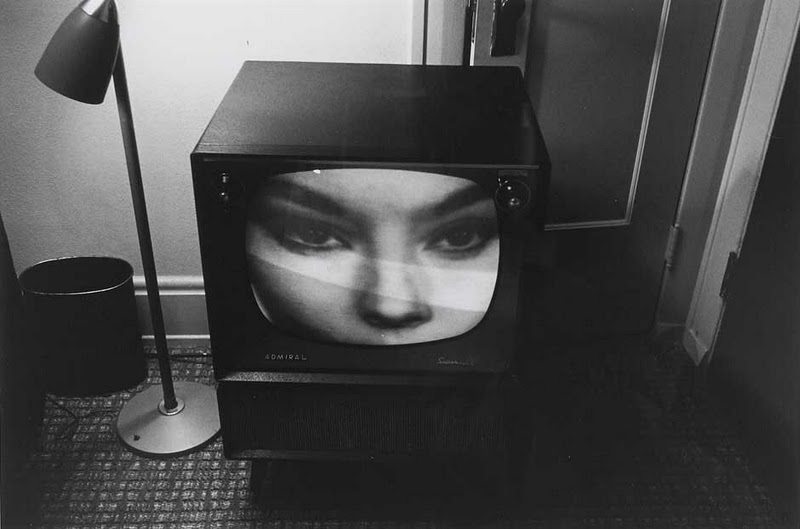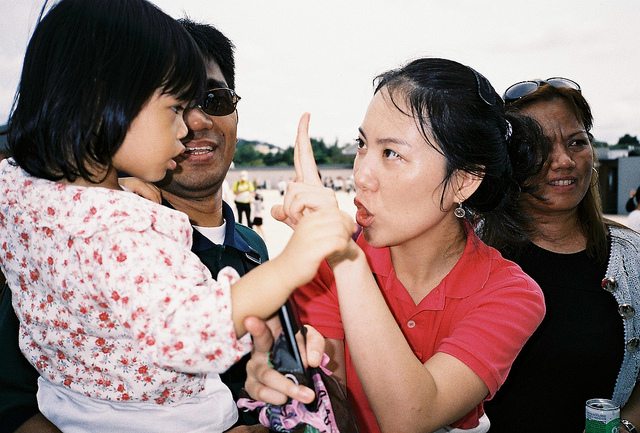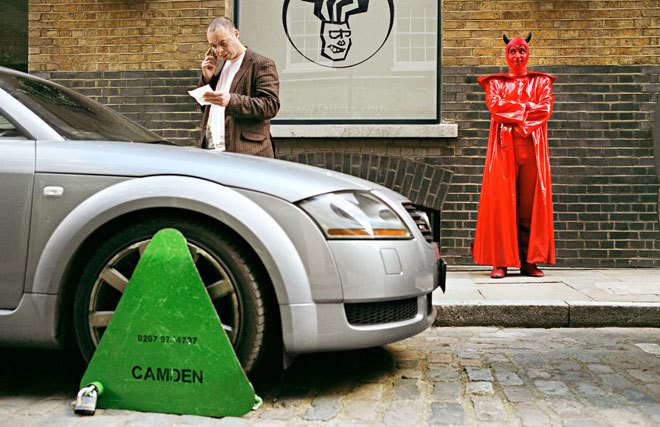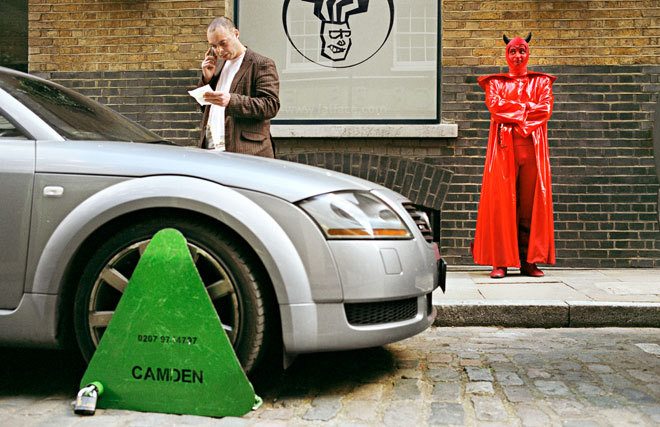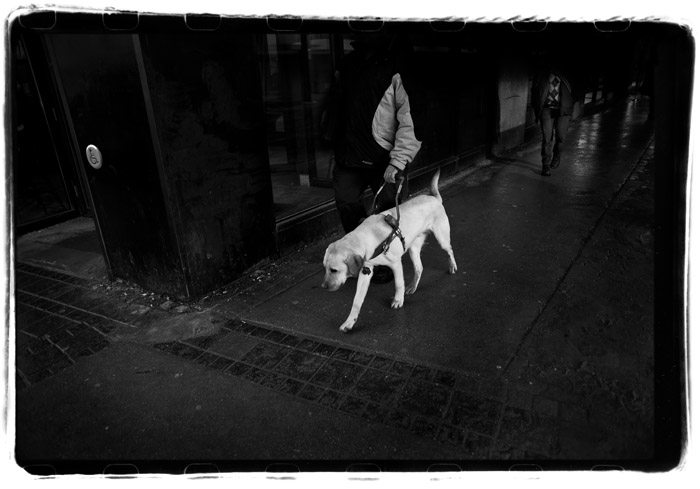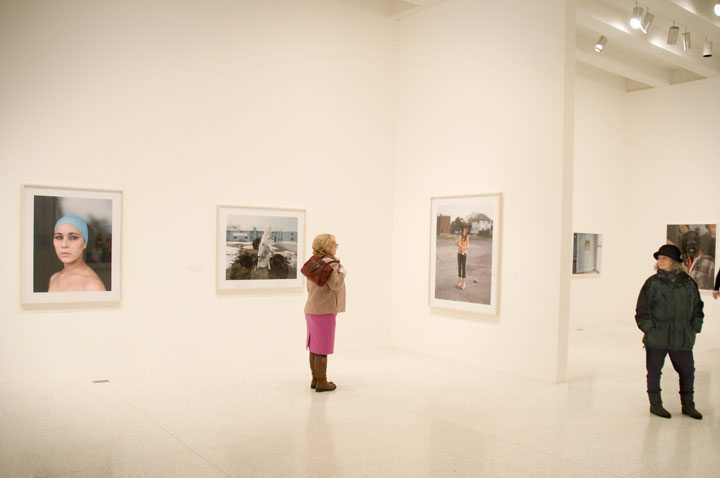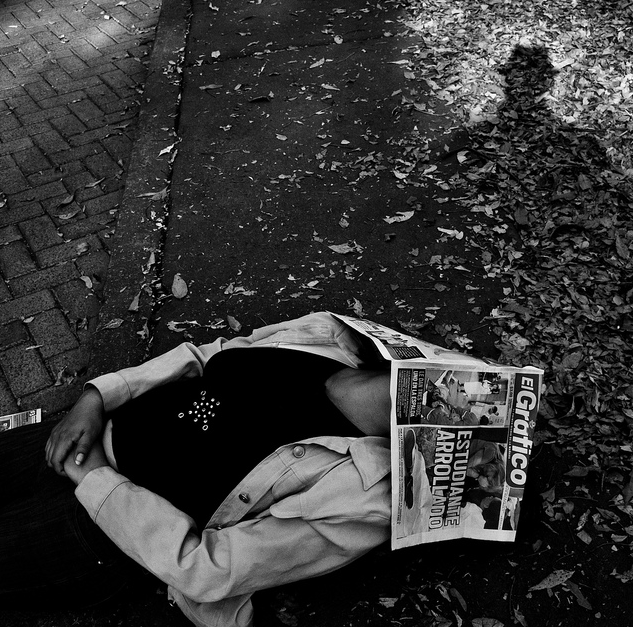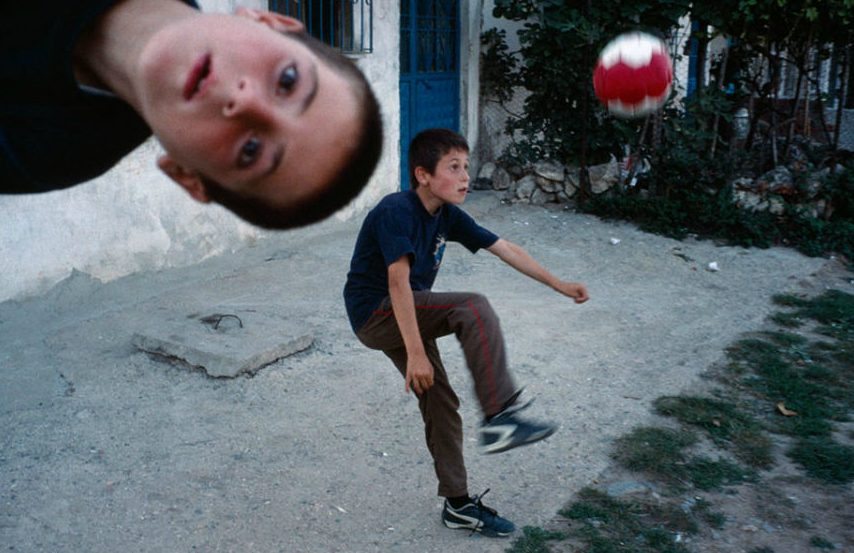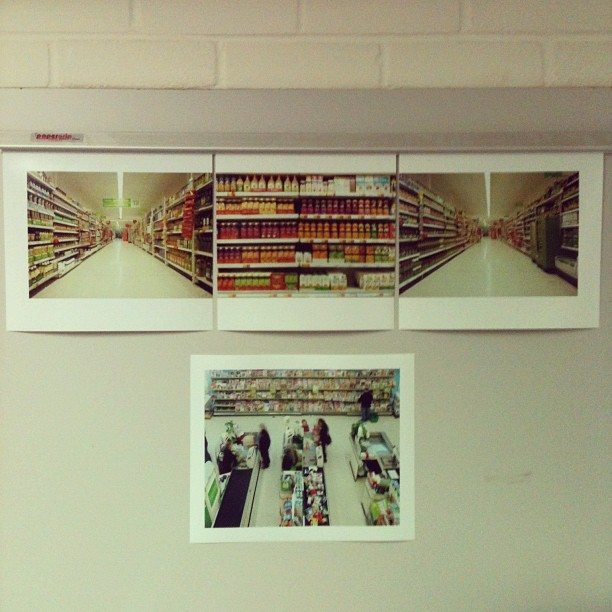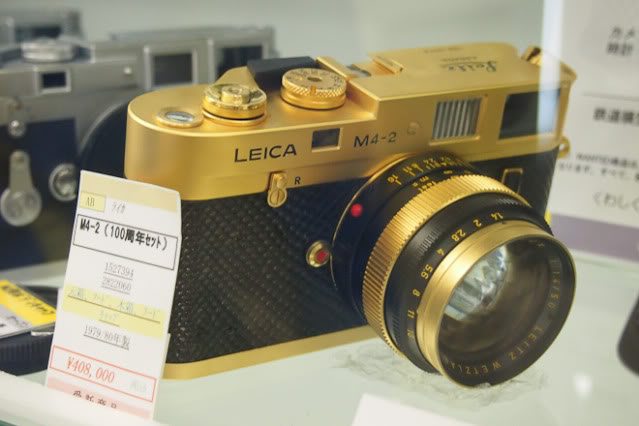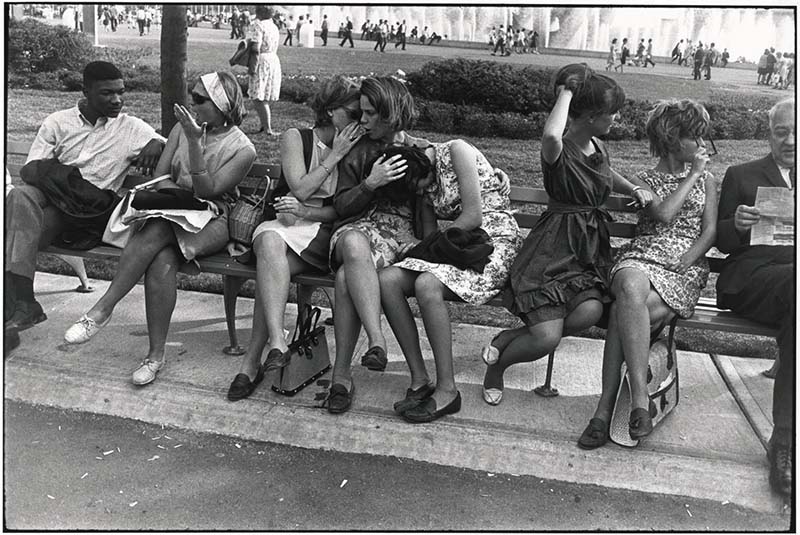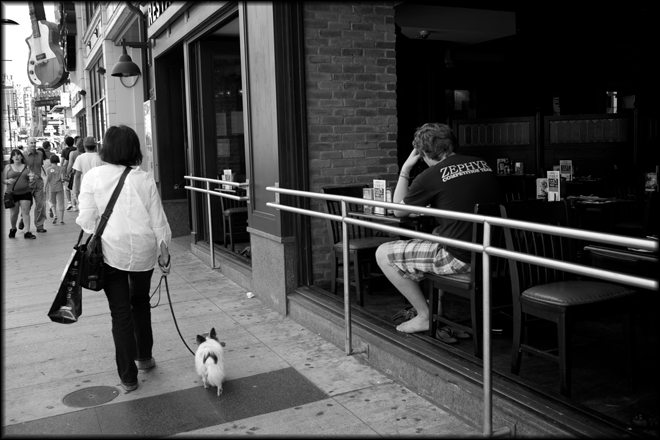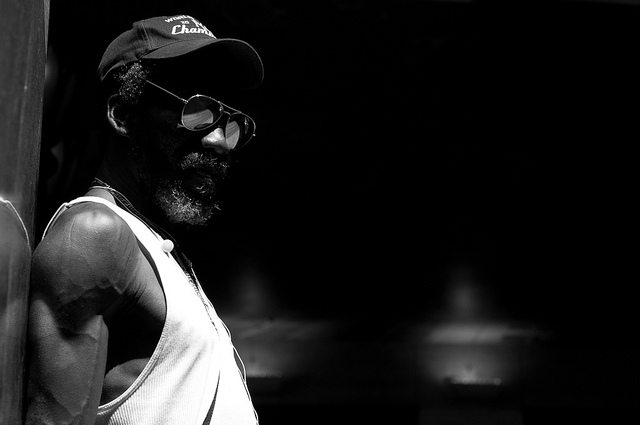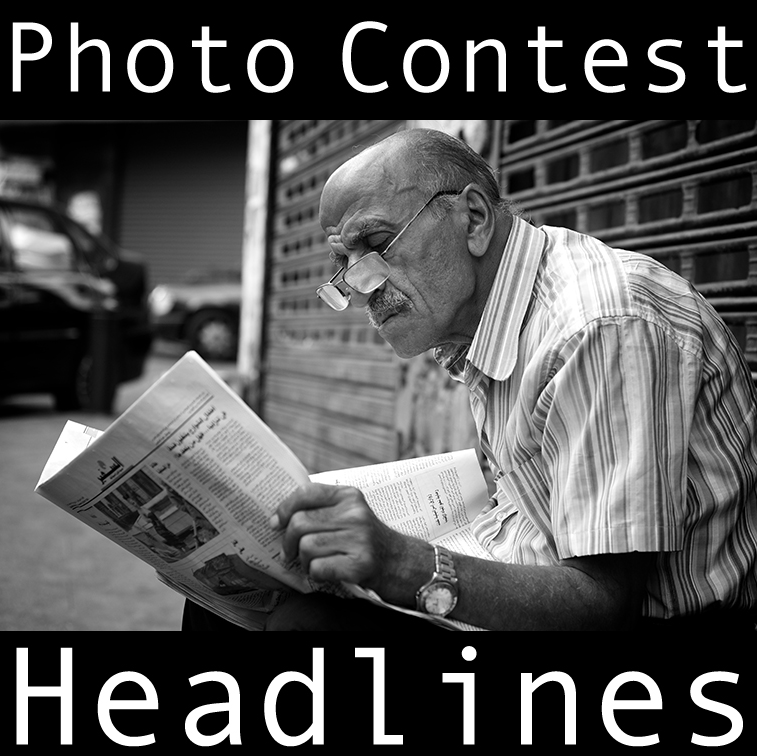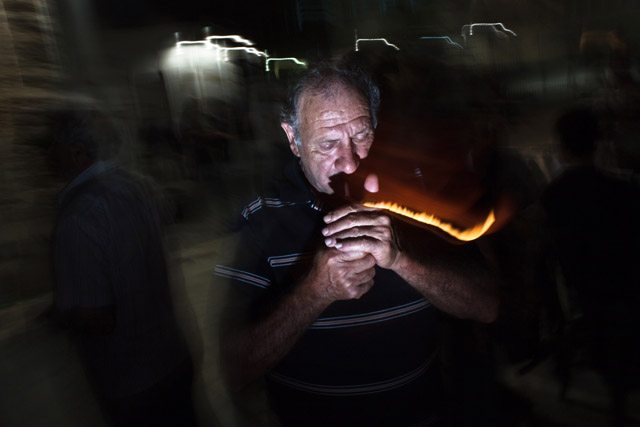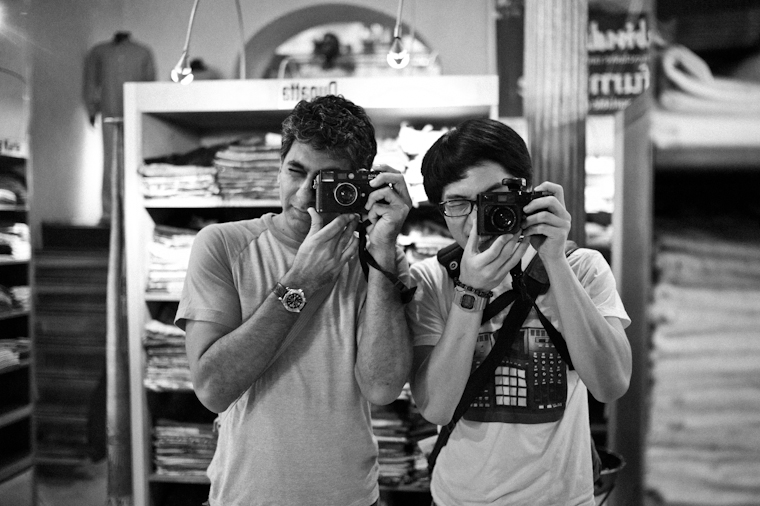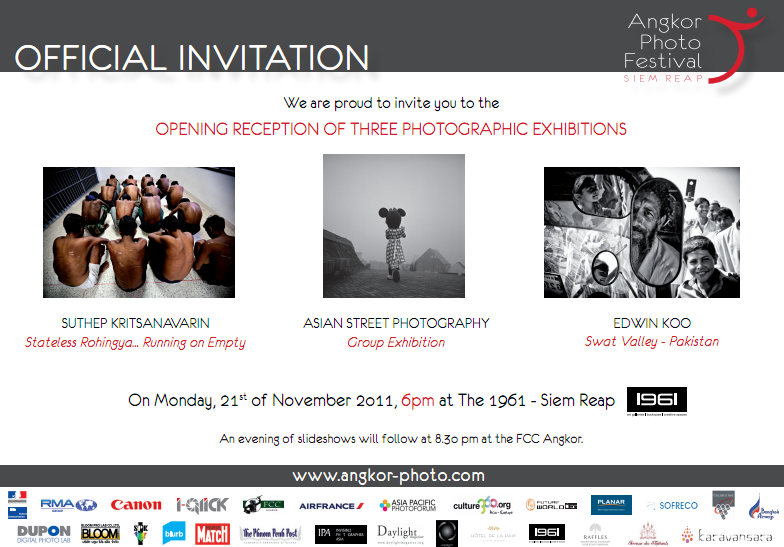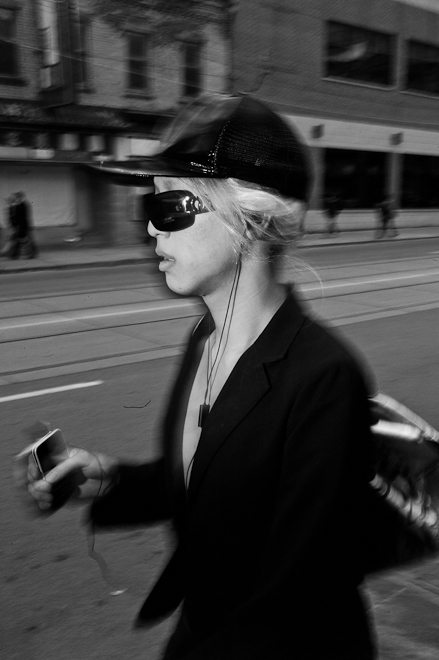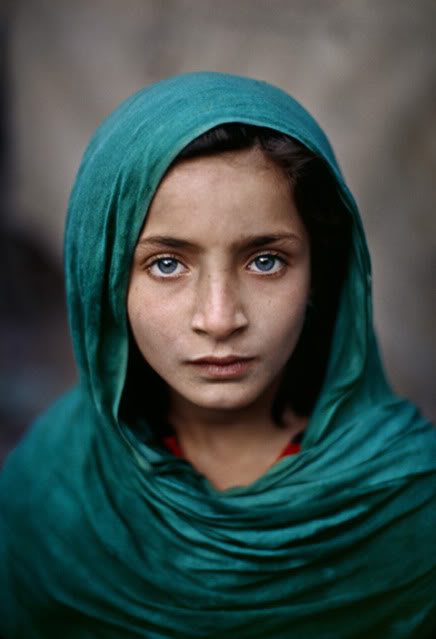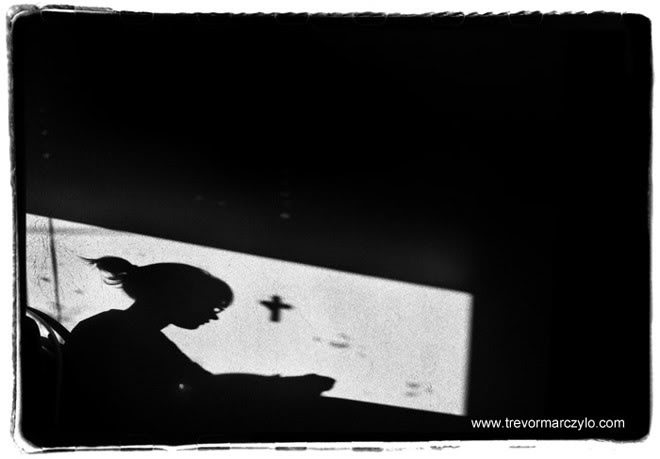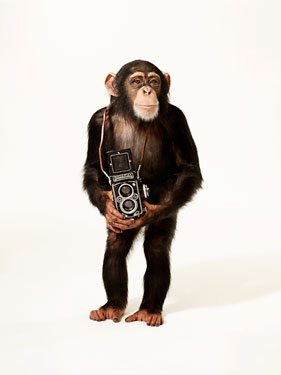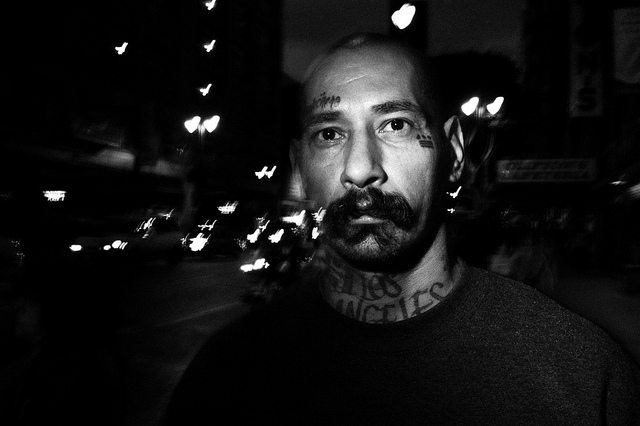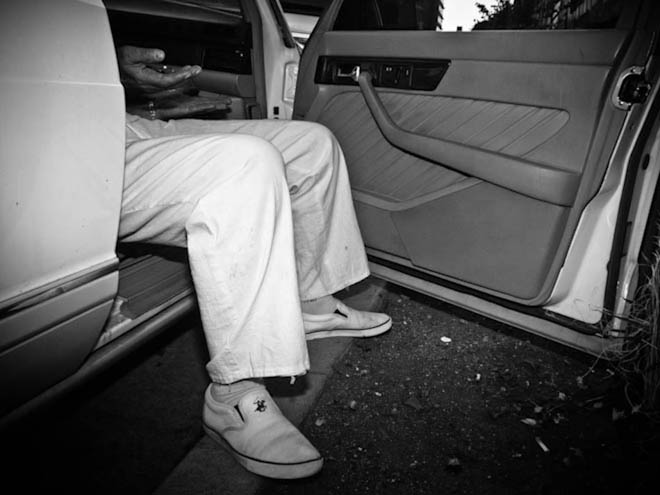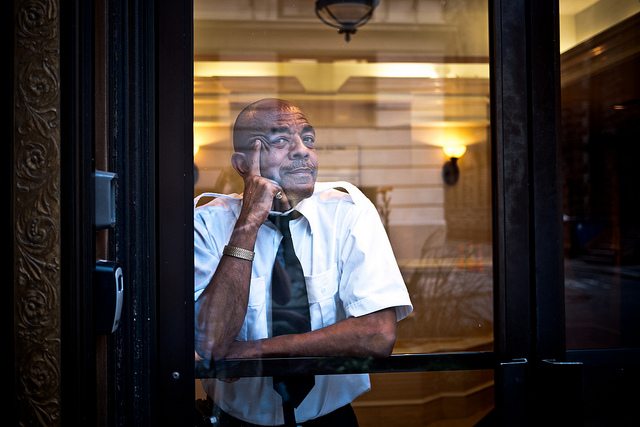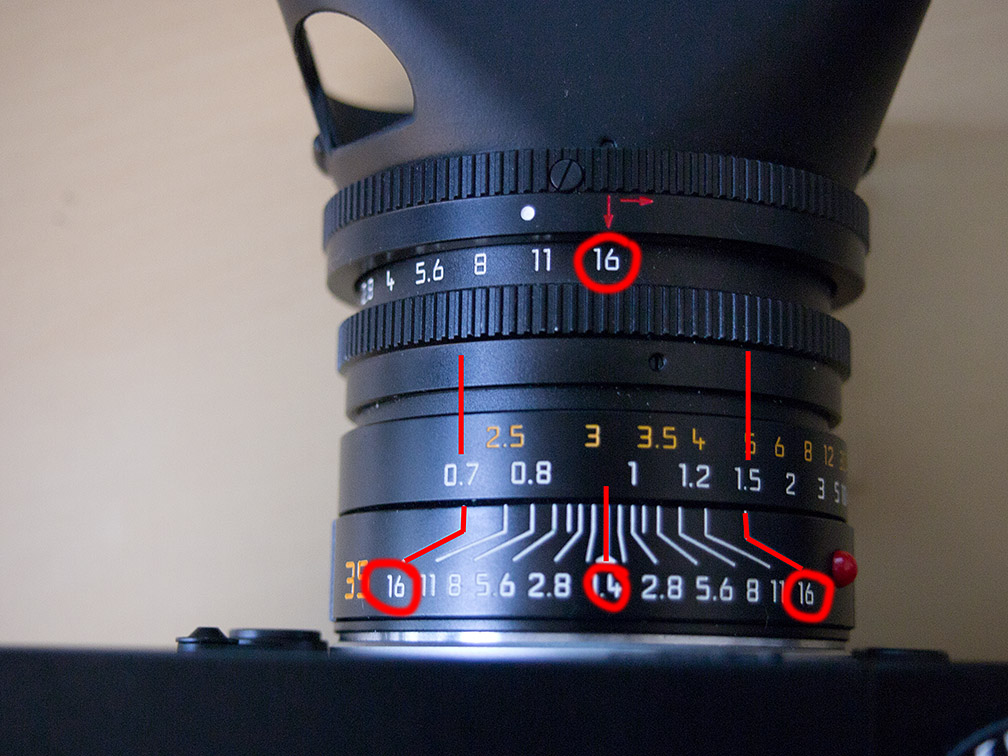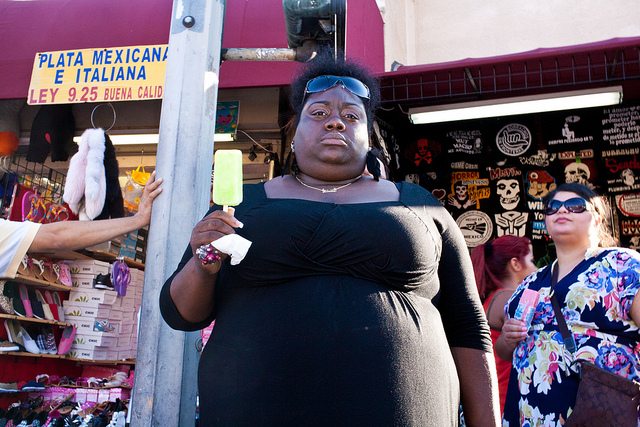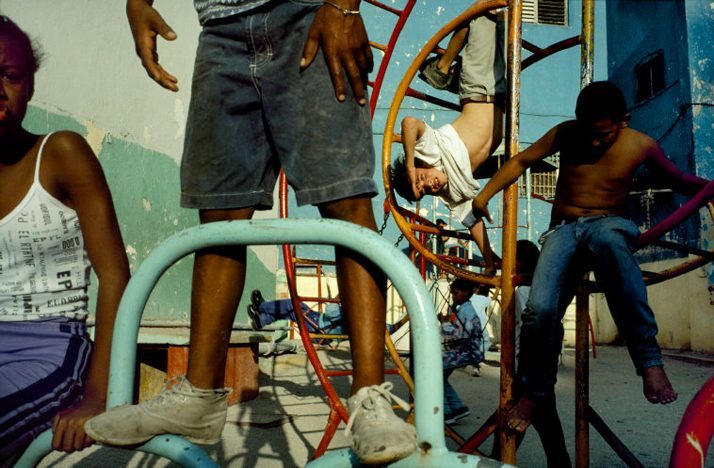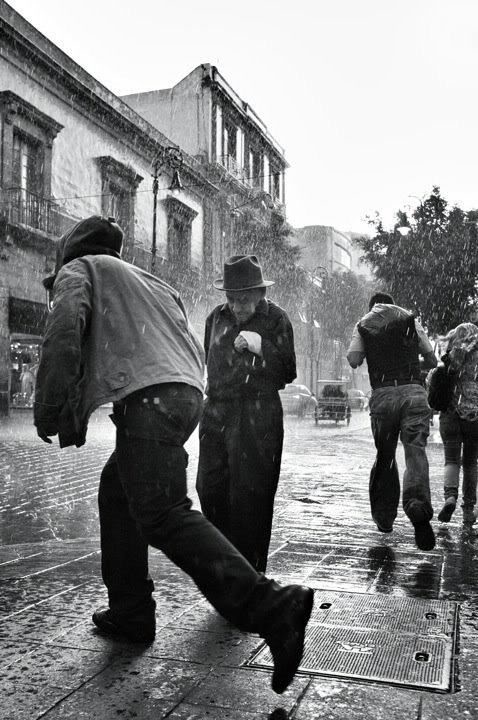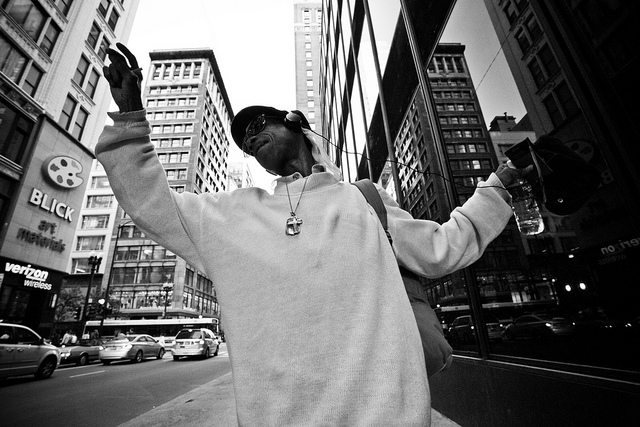It now has been around 5 years that I have been shooting street photography- and I have learned an incredible amount through trial and failure. I made this recent list of things I have learned while shooting street photography– and some of my personal opinions. Remember, take everything in this list with a grain of salt! I simply made this list as both a way for me to self-reflect, and hopefully you can find some of these tips helpful.
You can also see my old posts, “101 Things I Have Learned About Street Photography” and “100 Things I Have Learned About Street Photography“. As you can see, many of my opinions have changed over the course of 2 years. Keep reading- I hope you enjoy!
- A photograph is like a sentence. Aim to write a book.
- Always smile and say “thank you†when shooting on the streets
- Shoot with your heart, not with your eyes
- Shooting with friends will make you feel much more comfortable on the streets
- The most versatile focal length is 35mm
- Don’t rely on autofocus – use zone focusing
- Have a drink to loosen yourself up before shooting on the streets
- Have at least 3 backups of all your photographs (hard drives all eventually fail)
- If you shoot film, keep your images organized
- The best critique is never online—always in-person
- Don’t ask people what they like about your photographs, ask them what they don’t like
- Having one camera and lens is bliss
- Buy books, not gear

- Style isn’t something aesthetic
- “Shoot who you are†– Bruce Gilden
- Harness the power of groups/collectives to spread your photography
- Don’t focus on aesthetics in your photos—but rather the message
- Shooting film is magical
- Never upload your photographs immediately—let them marinate for at least a week before sharing them
- Good projects often take at least a year to complete
- Post-processing your images digitally should never take more than a minute
- Printing your photographs out large is immensely satisfying
- Share your knowledge & technique with others – never hoard it yourself
- It is better to shoot everyday for 10 minutes than to shoot once a week for 10 hours
- Only show your best work

- Photo-sets with over 25 images are exhausting to look through
- It is great to constantly experiment with your technique and gear—but once you find something that works reasonably well stop and stick with it
- When in doubt, ask for permission
- People love to be complimented while on the streets
- Don’t take photos of people who look pissed off or walk extremely quickly. These are the people who often get upset when you take their photograph
- If shooting digital, always shoot in RAW
- Look at other forms of art for inspiration
- Take photos of people’s faces, not their backs
- Eyes are the windows to the soul. Get photos with eye-contact in your images.
- Your photos are only as good as the photos you look at. Avoid the internet and look at photo-books for inspiration
- Giving helpful critique to others will make you a better judge of your own work
- “If your photos aren’t good enough, you’re not close enough†– Robert Capa

- After a whole day of shooting, I am lucky if I get 1-2 good photographs
- The more time you spend on online forums, the less you will shoot
- Don’t think too much while taking photographs. Avoid “paralysis by analysisâ€
- Don’t chimp while shooting on the streets (checking your LCD screen). You will lose many decisive moments
- “Luck is when preparation meets opportunity†– Seneca
- You can get luckier in street photography by spending more time out shooting in the streets
- Don’t crop. Get it right in-camera
- Look for the light
- You will take the best photographs in the least-likely places
- Always carry your camera with you everywhere you go. Everywhere
- The smaller your camera is the less intimidating you will look
- Don’t shoot from the hip if you have a camera with a viewfinder. Use the viewfinder—that’s why it’s there
- Good composition alone doesn’t make a good photograph. A great photograph needs soul.

- Don’t let inspiration be your main source of motivation for shooting. Go out and shoot even when you don’t feel like it—and the streets will re-inspire you
- Street photography doesn’t have to have people in it
- “Creepiness is proportional to focal lengthâ€. Don’t shoot street photography with a telephoto/zoom lens
- The best place to shoot street photography is your own backyard
- Crouch often when shooting to get at least eye-level (or lower) to get a natural (or unusual perspective)
- The lighter your camera bag, the more you will enjoy shooting
- Don’t forget to look down and up when shooting
- When in doubt, click
- Don’t try to just take photos of interesting people, but try to take photos of interesting gestures
- It is better to take an extraordinary photo of something ordinary, rather than taking an ordinary photo of something extraordinary
- The way people react to street photography (all around the world) is often more similar than dissimilar

- There is no perfect camera for street photography. Every camera has its own strengths/limitations
- Learn to memorize a focal length so you can frame your shots before even bringing up your camera to your eye
- The best combo: one camera and one lens
- Focus on hands – they communicate strong messages to the viewer
- Contrary to popular belief, most people don’t get pissed off when you take photos of them (most people actually quite like it)
- Street photographs are well-balanced with an odd-number of subjects (1 person, 3 people, 5 people, etc)
- “Realize that most of your photographs are crap†– Charlie Kirk
- Shoot to please yourself, not others
- The best response to internet trolls who criticize your work (without helpful critique) is to ignore them completely
- If you have the opportunity, don’t just settle for one photograph. Take multiple photographs if possible. “Killers shoot twice†– Thomas Leuthard
- If you don’t ask for critiques, nobody will ever give it to you
- If you are going to ask someone for permission for a photograph, always preface your question with, “I know this may sound weird, but…â€. Works like a charm.
- If you don’t make time to go out and shoot, you will never go out and shoot.
- Learn to judge distances well- so you can prefocus before you anticipate the shot (1.2 meters is roughly two arms-lengths, and 3 meters is roughly half the distance of a room)

76. Spend less time arguing over the definition of street photography, and go out and shoot more
77. You only remember 5-10 photographs from some of the most famous street photographers who have ever lived. Aim to take 5-10 great photographs before you die.
78. Photography is incredibly difficult
79. If people notice you taking a photograph of you, tell them, “Ignore me—pretend like you don’t see me†and most people will laugh it off and continue doing what they were doing
80. If confronted by a person on why you took their photograph, take a step toward them and be open and honest about your intentions. Stand your ground and know your rights.
81. Simplify your photographs. Less is more.
82. Don’t put watermarks on your photographs. It cheapens your work.
83. Street photographs don’t sell
84. Travel as often as you can to open up your views to the rest of the world and society
85. Always carry an extra memory card and battery (in war two is one and one is none)

- Don’t always hunt for shots—if you are patient enough, they will come to you
- Shoot at ISO 1600 or above (keep your shutter above 250ths/second)
- f/8 and be there
- Black cameras draw less attention to you
- It is more interesting to take photos of rich people than poor people
- Never delete any of your photographs (you can rediscover hidden gems later in the future)
- Silver Efex Pro 2 is the best black and white conversion software for digital
- “You miss 100% of the shots you don’t take†– Wayne Gretsky
- Don’t aim to take pretty photographs, aim to take meaningful photographs
- Don’t be sneaky when shooting—you will get in twice as much trouble if you get caught
- A great street photograph both has strong composition and story
- When it comes down to it, composition isn’t as important as the story
- 99.9% of the photographs online are crap
- Love your critics
100.Offer to email your subjects their photographs (they love it)
101.Break the rules
102.Make your own list
